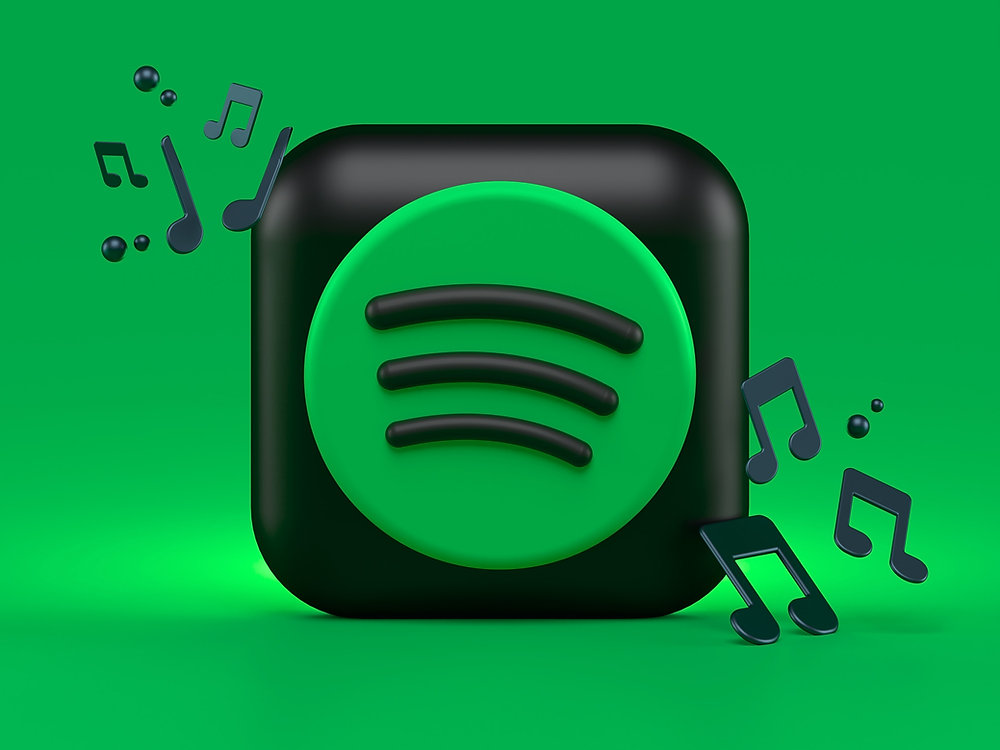Spotify Business Model: Spotify, founded on April 23, 2006, in Sweden by Daniel Ek and Martin Lorentzon, was created to address the issue of music piracy. The name “Spotify” is derived from a combination of “spot” and “identify.” Officially launched on October 7, 2008, the service initially operated by invitation in select European countries. Public sign-ups began in the UK in February 2009, but the process was briefly halted due to high demand following the release of its mobile app.
How Does Spotify Make Money?
The Spotify Business Model is built on a mix of free and paid services. While some features are accessible at no cost, users can subscribe to premium options for additional benefits. The company’s revenue is derived from two primary sources:
- Advertisements: Spotify offers free music with limitations and includes advertisements. Brands pay to place these ads, which supports Spotify’s ability to provide free music and cover operational expenses.
- Premium Subscriptions: The majority of Spotify’s revenue comes from Premium Subscriptions. Users pay a monthly fee for full access to the platform. Premium subscribers can select from various plans, including individual, duo, family, and student options. Regardless of the plan, they enjoy unlimited access to Spotify’s extensive library of music and podcasts, both online and offline (after download).
Spotify Channels
Spotify engages its users through two main channels, integral to its business model:
- Website: The Spotify website is a central hub where users, artists, developers, advertisers, investors, and vendors interact with the platform.
- Mobile App: Available on Android and iOS, Spotify’s mobile apps cater to various needs, such as music playback, podcast listening, content management for artists, recording with Soundtrap Studio, and live interactions with fans through the Spotify Live app.
Spotify’s Key Partners
- Investors: Since 2010, Spotify has raised $2.1 billion through 18 funding rounds with support from 54 investors. This financial backing has been crucial for the growth and enhancement of the Spotify Business Model.
- Music Partners: Collaborations with major labels like Universal, Warner, and Sony, as well as independent artists, ensure a diverse and rich content library on Spotify.
- Marketing Partners: Spotify has teamed up with prominent brands such as Facebook, Slack, Wufoo, and Salesforce to promote its services on a global scale.
- Ads Campaign Partners: To ensure effective ad performance, Spotify works with Comscore, Nielsen, and Leanlab to track and measure ad efficacy.
Spotify’s Revenue Streams
The Spotify Business Model includes two primary revenue sources:
- Premium Services: Subscribers pay for an ad-free experience with Spotify Premium, providing unlimited access to all features and generating consistent monthly revenue.
- Ad-supported Services: Users without a Premium subscription can still use Spotify for free, but they will encounter ads. Brands pay Spotify to display these ads, contributing to the platform’s revenue.
Spotify’s Customer Segments
Spotify operates in over 180 countries, catering to various customer segments:
- Users: Individuals use Spotify for music and podcasts, with some opting for free access and others subscribing to premium features. Users are essential to the Spotify Business Model, and advertisers target them based on demographics.
- Content Creators: Musicians, record labels, and podcast creators provide the content on Spotify, playing a critical role in delivering a wide range of media to users.
- Advertisers: Companies pay Spotify to showcase their ads to the platform’s large user base.
Spotify’s Key Resources
Key resources for the Spotify Business Model include:
- Proprietary Software Platform: The platform operates across various devices through its website and mobile and desktop apps.
- Creative Content and Content Creators: Collaboration with musicians, podcast producers, and music labels enriches the content available on Spotify.
- Investors: Early financial supporters have been instrumental in establishing Spotify in the competitive market.
- Human Resources: With over 9,000 employees globally as of 2023, Spotify’s team manages content, value delivery, and technical maintenance and updates.
In Conclusion
The Spotify Business Model, driven by its freemium approach, addresses music piracy by offering a legal streaming service at minimal or no cost, greatly benefiting the industry. Despite facing intense competition, Spotify remains robust and continues to innovate. To sustain its leadership, Spotify must explore new markets and develop additional products, ensuring its ongoing success in the music streaming industry.


